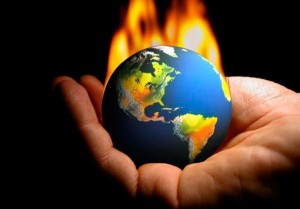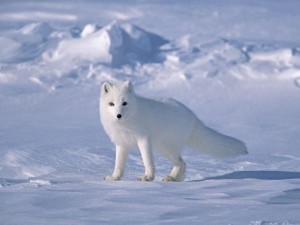Despite efforts to protect the environment from drastic developmental plans, several areas around the earth are continuously being encroached by organizations in a bid to increase their production. And the most recent area that has come under the scanner of these companies is the Arctic Ocean which could soon enough become an oil drilling hub.
Reports claim that Russia has plans to set up large oil and gas development stations in the Arctic Ocean in the next two decades, with preliminary planning and exploration for the project already underway in the Laptev Sea near its northern coastline.
The water in the Laptev Sea is shallow enough for drilling. Added to this are the large hydrocarbon deposits in the sea (estimates drive at nearly 20% of the total number of undiscovered oil deposits all around the world) which, although difficult to extract, would increase Russia’s wealth and economic status incredibly in the coming years.
However, there is one significant point that is missing here! What would this project have in store for the wildlife that inhabit these waters? Would these animals be scared out of their natural habitats? Would their food supply be disrupted? Or would they face extinction at the hands of hunters who would start visiting these regions once the route is open to the general public? Environmentalists have a few answers to these questions!
There is no doubt that repeated drilling would threaten the existence of the wildlife habitats in the region. The Laptev Sea in particular is home to hordes of polar bears and walruses who could potentially lose their homes and food supply with the development of oil and gas stations in the area. Forget drilling! The companies exploring the region have yet to find out a solution to control oil leaks and spills if any in a region with close to freezing water. Any kind of oil spill could be disastrous for the wildlife that have made this region their home for decades.
Many conservationists believe that the arrival of these developmental stations would also trigger an increase in human activity in the region, which in turn would trigger an increase in hunting.
Opening up the Northern Sea Route to the melting ice in the region could also force the animals living in these regions to abandon their homes. And with Russia advertising the new Northern Sea Route as a way to cut down the travel time from Egypt to China and vice versa by nearly 2 weeks, there is no doubt that the number of ships sailing in the region would increase substantially from just 4 to over 400 each year.
The 2013 Laptev Expedition saw biologists traveling to the region to find out if the animals here belong to a unique sub- breed (akin to the Atlantic or Pacific Walrus) which need special protection. They hope to gather substantial evidence about the conservation needs of the area in order to offer necessary protection to the same before the oil companies start their projects.
The biologists retrieved biopsy samples from the walruses and polar bears inhabiting the region, and sent the same for DNA analysis to labs in Denmark and Moscow. The results of these tests would help identify the breed of these animals. If found to be unique, the animals and their habitats would be protected from the effects of industrial development in the region. Conservationists also point out that if the tests indicate that both the walruses and polar bears that inhabit the region belong to unique sub-breeds, then the entire region would become a Marine Protected Area. This in turn would make it impossible for any kind of industrial development to be carried out in the region.






